If you’ve ever had the unfortunate experience of dealing with a flooded transmission, then you know how frustrating and time-consuming it can be to get your vehicle running again. The sheer amount of water that follows such an event can cause major damage if left unchecked — not only to your vehicle’s components but also to your wallet.
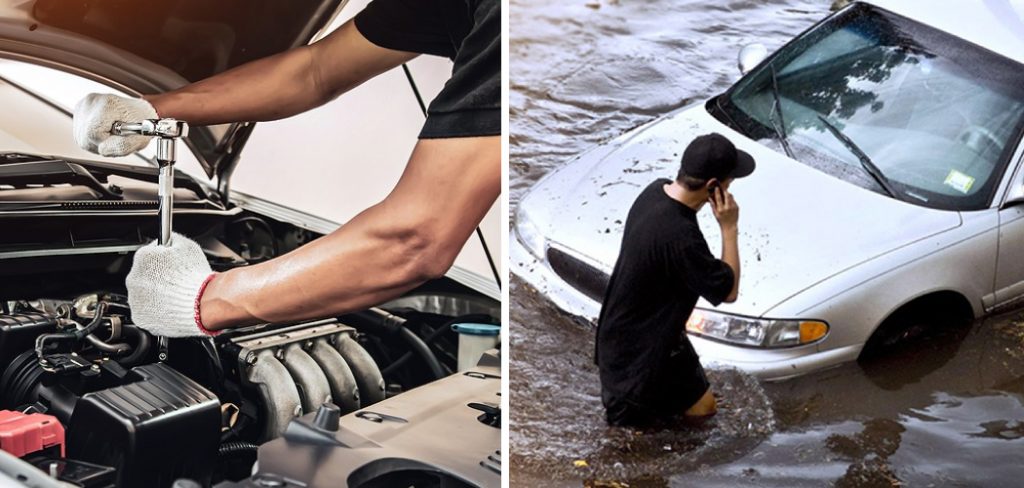
Fortunately, there are some steps you can take to properly fix a flooded transmission in order to minimize the risk of further damage and keep your car running smoothly.
In this article, we’ll provide step-by-step instructions on how to fix a flooded transmission so you can get back out on the road without missing a beat!
Tools and Materials You Will Need to Fix a Flooded Transmission
- Towel or cloth
- Transmission fluid
- Transmission filter (if necessary)
- Socket wrench set
- Screwdriver
- Large drain pan
- Jack and jack stand (if necessary)
- Shop vacuum (if available)
Step-by-step Guidelines on How to Fix a Flooded Transmission
Step 1: Assess the Damage
The first step in fixing a flooded transmission is to assess the damage. If your vehicle has experienced flooding due to heavy rain, for example, it’s important to determine how deep the water reached and whether or not it entered your transmission. If you are unsure, it’s best to err on the side of caution and assume that the water has entered your transmission.
Step 2: Drain the Transmission Fluid
If you’ve determined that your transmission has been flooded, the next step is to drain all of the transmission fluid. This can be done by locating the transmission pan, which is typically located under your vehicle and looks like a large metal dish. Place a large drain pan underneath the transmission pan and remove the bolts holding it in place. Once all the bolts are removed, carefully lower the transmission pan and drain out all of the fluid.
Step 3: Replace the Transmission Filter
If your vehicle has a removable transmission filter, now is a good time to replace it. This is not always necessary, so refer to your owner’s manual or consult with a mechanic if you’re unsure whether or not your vehicle has a replaceable filter. If you do need to replace the filter, simply remove it from its housing and install the new one in its place.
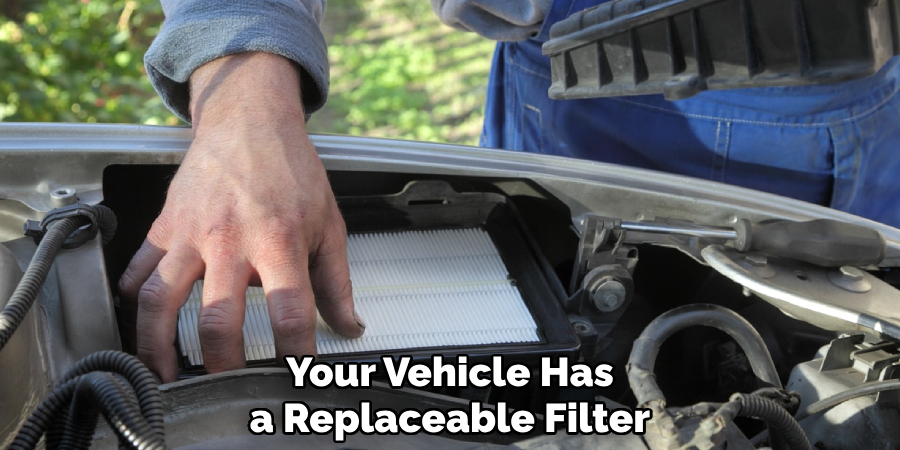
Step 4: Clean Out Any Debris
While you have the transmission pan off, take the opportunity to clean out any debris or sludge that may have accumulated inside. Use a shop vacuum if available, or a towel or cloth to wipe out the inside of the pan. Cleaning out any debris will help ensure that your transmission runs smoothly once the new fluid is added.
Step 5: Refill with New Transmission Fluid
Once you’ve drained the old transmission fluid and replaced the filter (if necessary), it’s time to refill with new fluid. Refer to your owner’s manual for the proper type of transmission fluid to use and how much to add. Start by adding about half of the recommended amount, then start your vehicle and allow it to run for a few minutes. Check the transmission fluid level and add more as needed until it reaches the proper level.
Step 6: Test Drive
After you’ve added new transmission fluid, take your car for a test drive to ensure that everything is running smoothly. Pay attention to any unusual noises or shifting issues, as these could be signs of further damage. Make sure to also check for any fluid leaks underneath your vehicle. Make sure to monitor your transmission fluid levels for a few days after the test drive to ensure that no further issues arise.
Following these steps should help you properly fix a flooded transmission and get your vehicle back on the road in no time. However, if you continue to experience problems or if you’re unsure about performing these steps yourself, it’s always best to consult with a mechanic for further assistance. Taking care of your vehicle’s transmission is crucial in order to keep it running smoothly for years to come.
Additional Tips and Tricks to Fix a Flooded Transmission
1. One of the most common reasons for a flooded transmission is due to overfilling of the fluid. Make sure to check the dipstick and follow the manufacturer’s recommended fill levels.
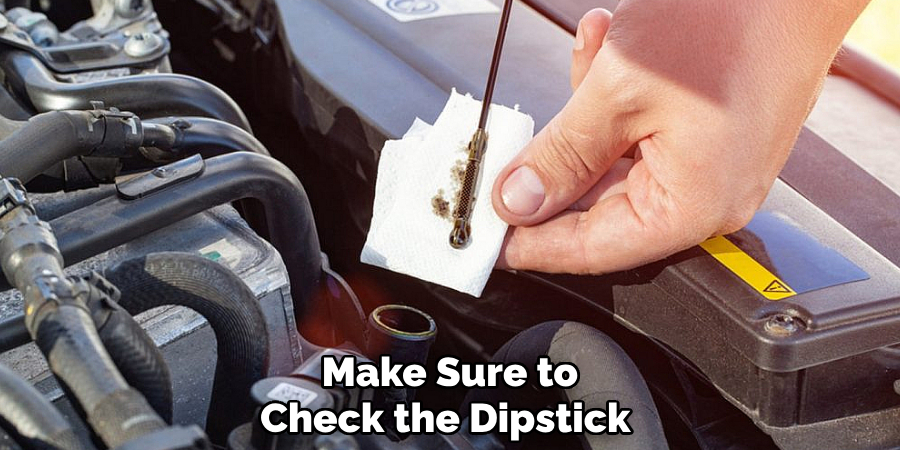
2. Another solution is to use a transmission additive that can help dissolve debris and clean out clogged passages. However, make sure to consult with a professional before using any additives.
3. It’s important to regularly check and replace the transmission filter, as a clogged filter can lead to fluid backup and cause the transmission to flood.
4. To prevent future flooding, it’s important to address any underlying issues with the transmission system. This could include worn-out seals or gaskets, which should be replaced as soon as possible.
5. In some cases, a flooded transmission may be a sign of a more serious problem such as a faulty valve body or torque converter. If the above solutions do not work, it’s best to take your vehicle to a trusted mechanic for further diagnosis and repairs.
6. Regular maintenance is key in preventing transmission issues, including flooding. Make sure to follow the recommended maintenance schedule for your specific vehicle model.
7. In case of a sudden flood, it’s important to act quickly and turn off the engine immediately. This will prevent further damage to the transmission system.
8. It’s also recommended to have a professional inspect your transmission system if you notice any unusual noises or shifts while driving. Catching and addressing potential issues early can prevent costly repairs in the future.
9. Additionally, avoiding excessive towing or hauling heavy loads can prevent strain on the transmission and reduce the risk of flooding.
10. If you frequently drive in extreme weather conditions, such as in hot or cold temperatures, it’s important to check and change your transmission fluid more frequently. Extreme temperatures can cause fluid breakdown and lead to a flooded transmission.
11. Lastly, familiarize yourself with the warning signs of a potential transmission problem, such as slipping gears or difficulty shifting. Being aware of these signs can help you catch and address issues before they escalate into a flooded transmission.
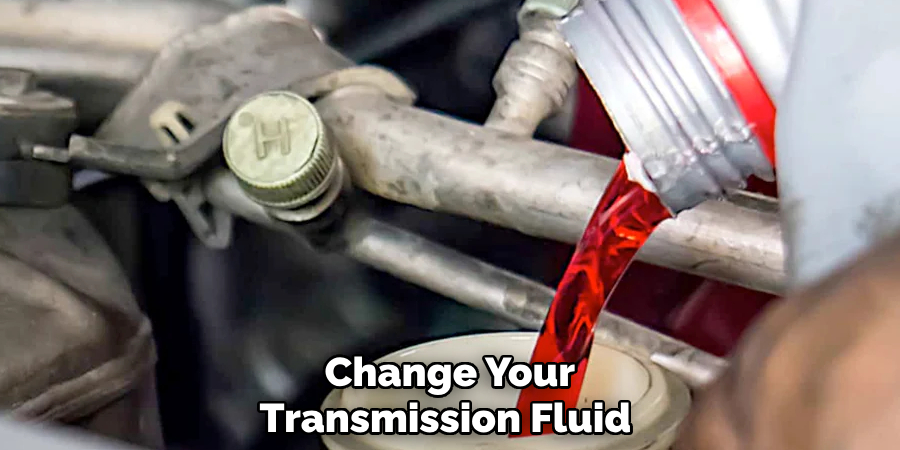
By following these tips and tricks, you can prevent or fix a flooded transmission and ensure the smooth operation of your vehicle’s transmission system. Remember to always consult with a professional if you are unsure about any repairs or maintenance tasks. So, be cautious and proactive to keep your transmission running smoothly for years to come. Happy driving!
Frequently Asked Questions
How Does a Transmission Get Flooded?
A transmission can become flooded for various reasons. One common cause is driving through deep water or flooding, which can allow water to enter the transmission system and mix with the fluid. Another possible cause is a leaking seal or gasket, which can let fluid escape and accumulate in the transmission. In some cases, a faulty transmission can also lead to flooding due to internal failures or malfunctions.
What Are the Signs of a Flooded Transmission?
A flooded transmission can exhibit several symptoms, including difficulty shifting gears, slipping gears, or delayed engagement when starting in drive or reverse. You may also notice a burning smell from the transmission fluid as it mixes with water. Additionally, the transmission warning light may illuminate the dashboard. It’s important to address these signs promptly as driving with a flooded transmission can cause further damage.
Can You Fix a Flooded Transmission?
Yes, it is possible to fix a flooded transmission. The first step is to properly drain and flush out all of the contaminated fluid from the system. This may require removing the transmission pan or even the entire transmission.
Once the fluid is drained, new fluid must be added along with any necessary additives to help remove excess water and prevent corrosion. In some cases, additional repairs may be needed if there is damage to internal components. It’s important to have a trained professional handle these repairs to ensure they are done correctly.
How Can You Prevent a Flooded Transmission?
There are several steps you can take to prevent your transmission from becoming flooded. Avoid driving through deep water or flood-prone areas if possible. If you do find yourself in such circumstances, drive slowly and steadily to reduce the amount of water that enters the transmission. Regularly inspect and maintain seals and gaskets to prevent leaks, and promptly address any warning signs of potential transmission issues.
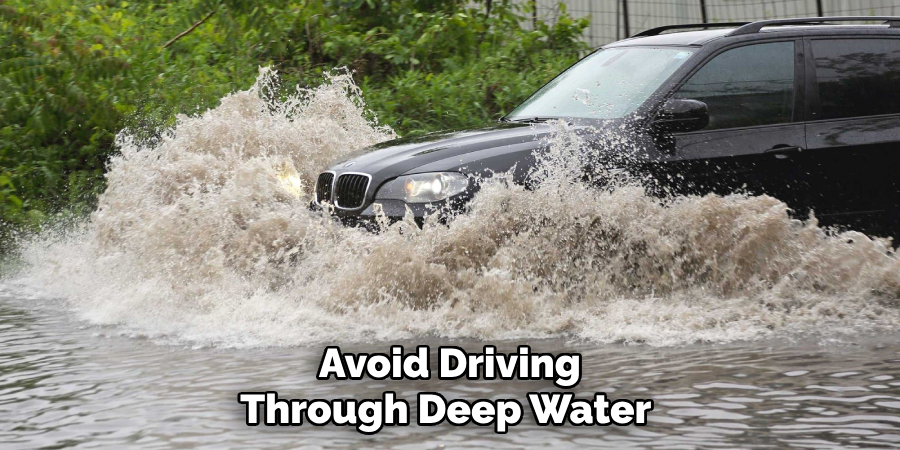
Is it Safe to Drive With a Flooded Transmission?
No, it is not safe to drive with a flooded transmission. Continuing to operate your vehicle with contaminated fluid can cause further damage to the transmission, leading to costly repairs or even complete failure. It’s best to address the issue as soon as possible to avoid further complications and keep your vehicle running smoothly. So, it is essential to address a flooded transmission promptly and take steps to prevent it from occurring in the future.
Conclusion
Knowing how to fix a flooded transmission and taking preventive measures can save you from costly repairs and keep your vehicle running smoothly. If you suspect that your transmission may be flooded, it’s important to address the issue promptly with the help of a trained professional.
By understanding the causes, signs, and steps to prevent a flooded transmission, you can ensure that your vehicle stays in top condition for years to come. So, be proactive and take care of your transmission to avoid any unexpected problems down the road. Remember, prevention is always better than cure when it comes to maintaining your vehicle’s transmission system.
